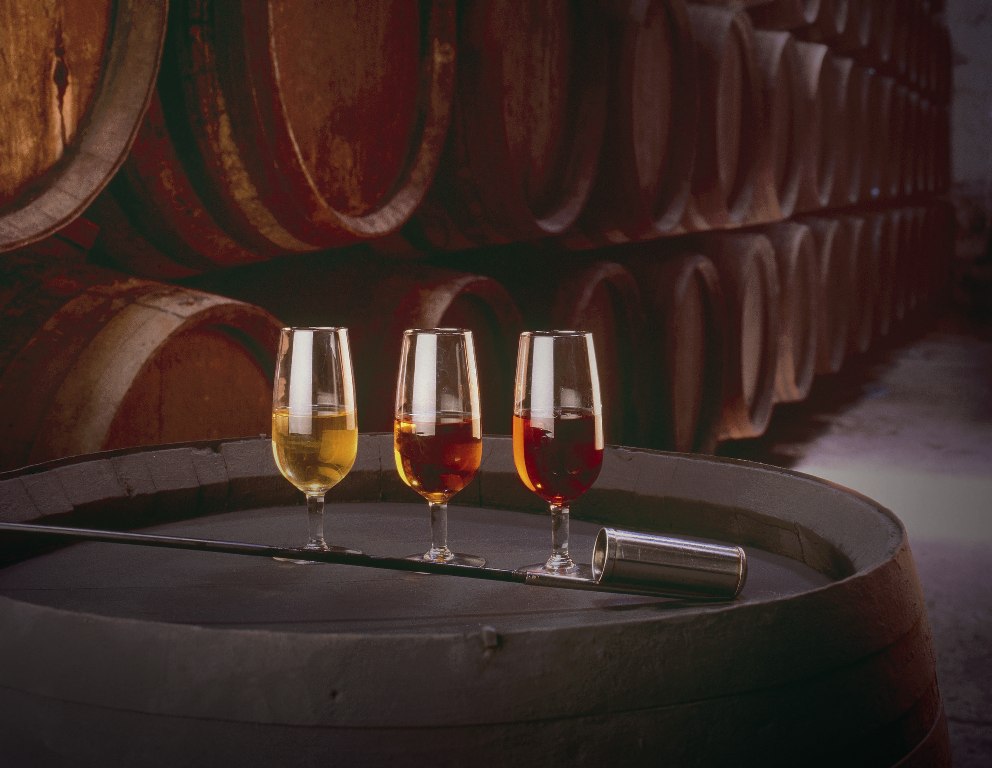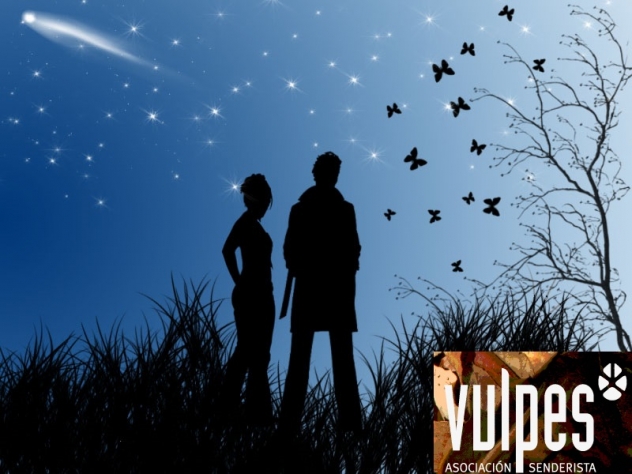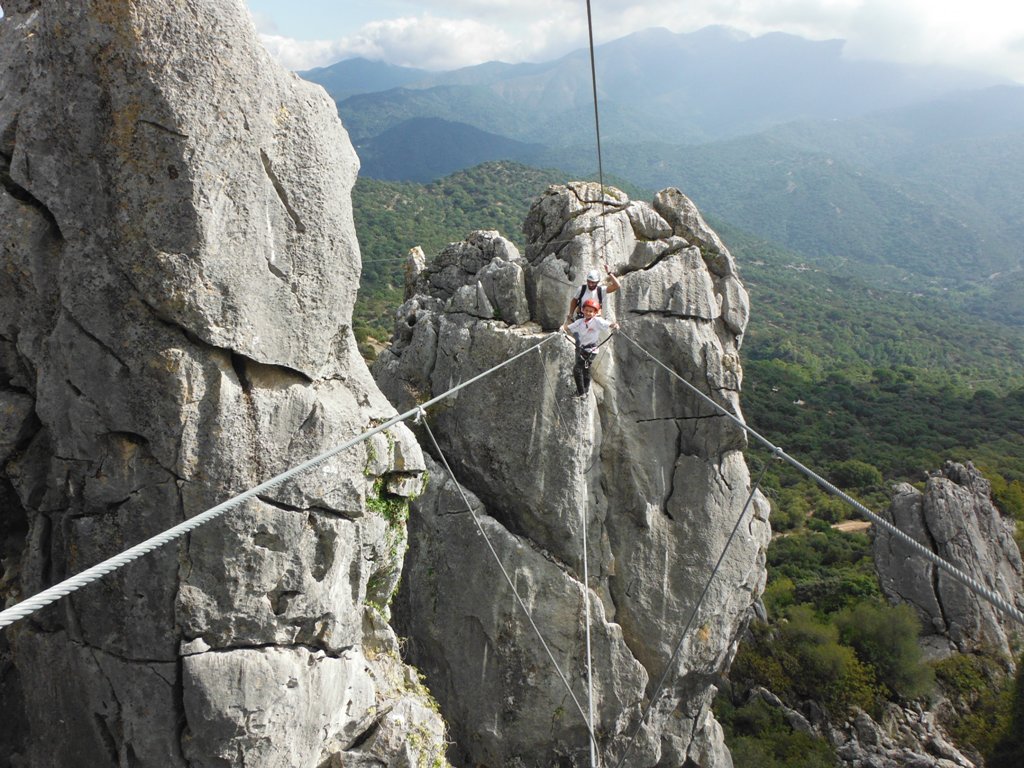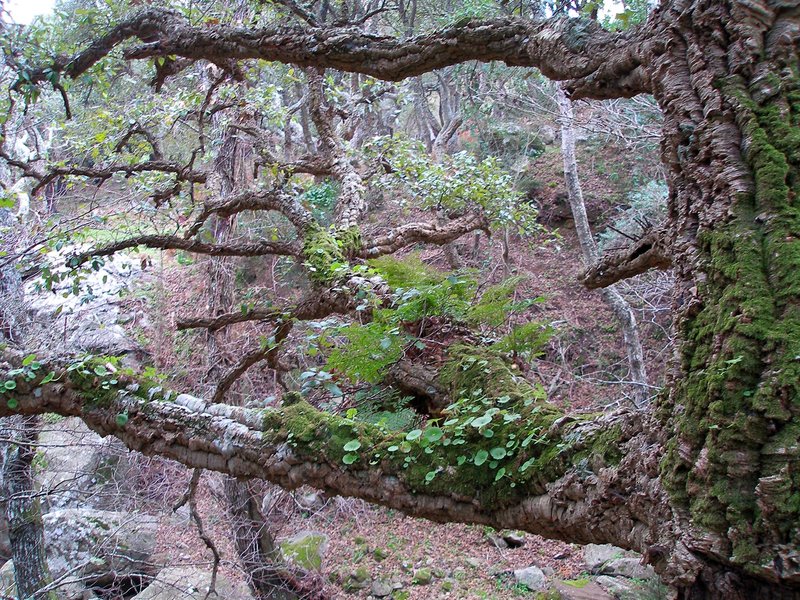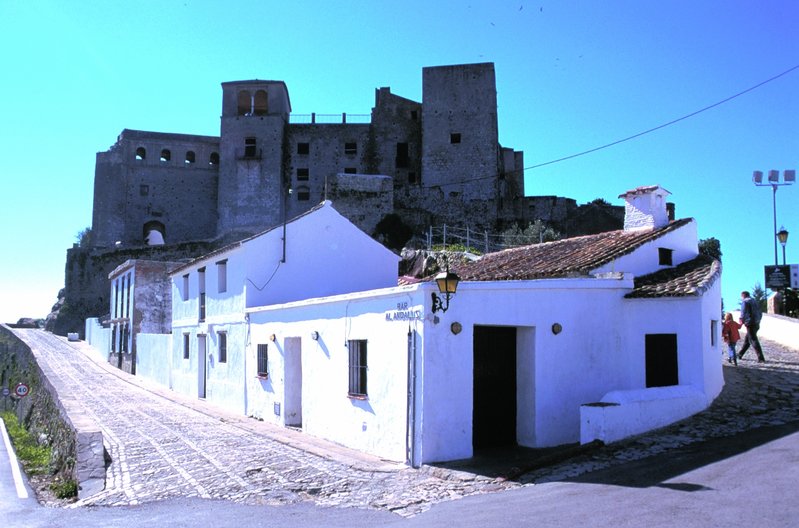Los Alcornocales

Los Alcornocales rises as coastal bastion against the winds from sea winds, both west and east, which, loaded with humidity, cover its forests under a layer of mist that seems to make time stop.
On the western front of the Andalusian mountains, between the provinces of Cadiz and Malaga, this natural area is a succession of rugged mountains of different heights. At the hands of the erosive action of wind, high up in the sandstone there are whimsical shapes with a predominance of gigantic slabs and ferocious cuts. Where there is limestone, such as in Las Motillas, it forms one of the most interesting karstic reliefs of Andalusia, full of caverns and caves.
The abundance of rain results in the existence of a large network of rivers and streams, which flow to the Mediterranean and the Atlantic, responsible for causing some of the most extraordinary landscapes of the Iberian Peninsula, the so called "canutos", long, deep ravines, created in the upper coursed of rivers and which provide shelter to a unique plant biosphere.






